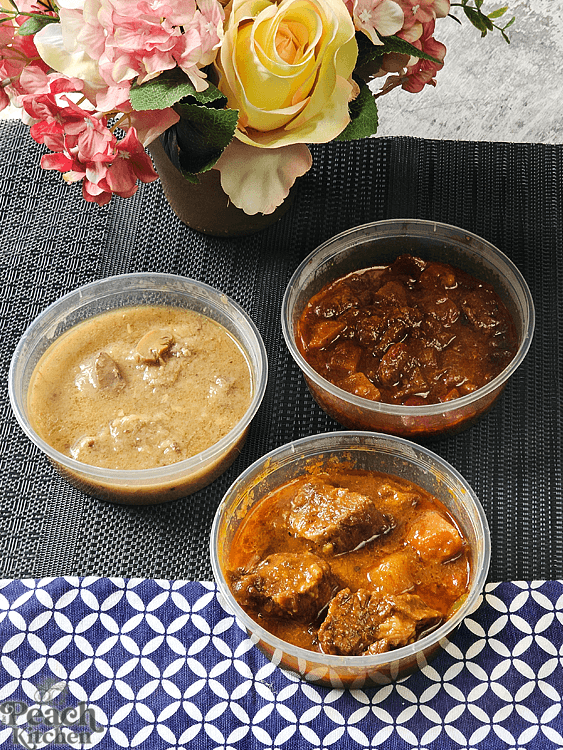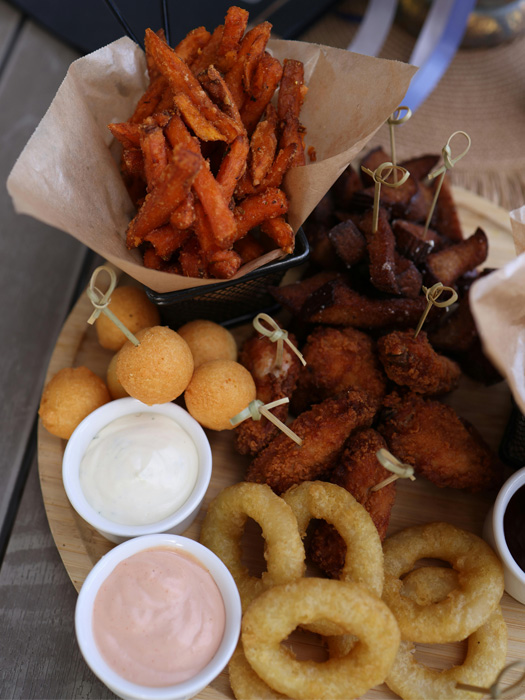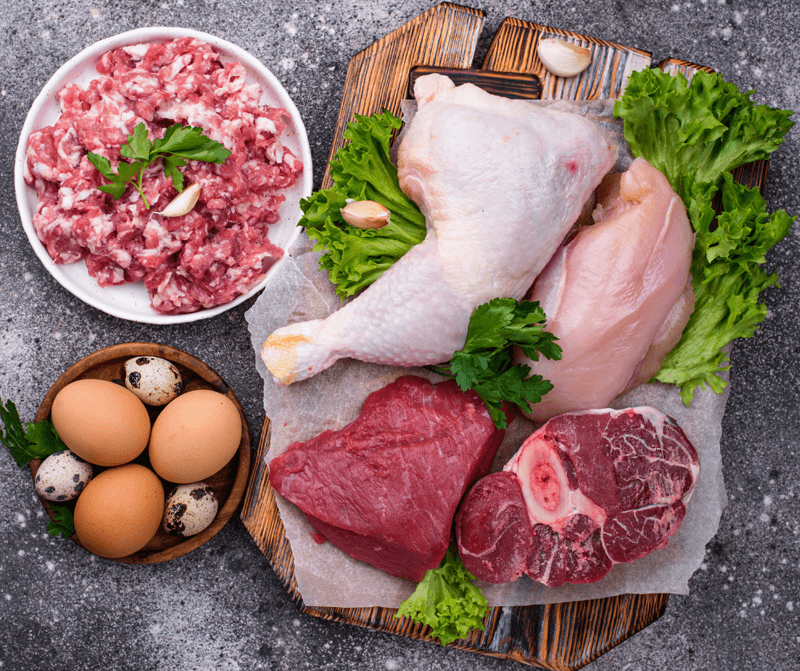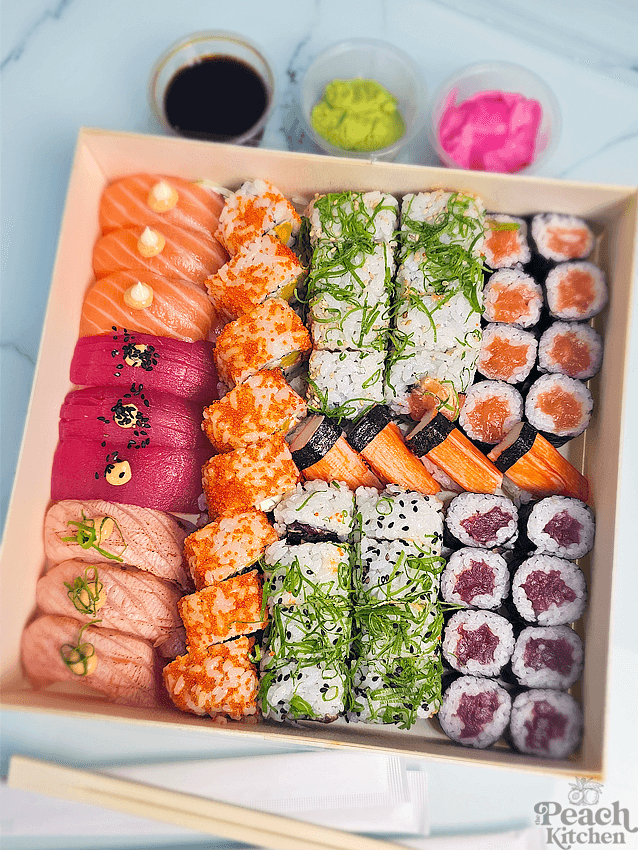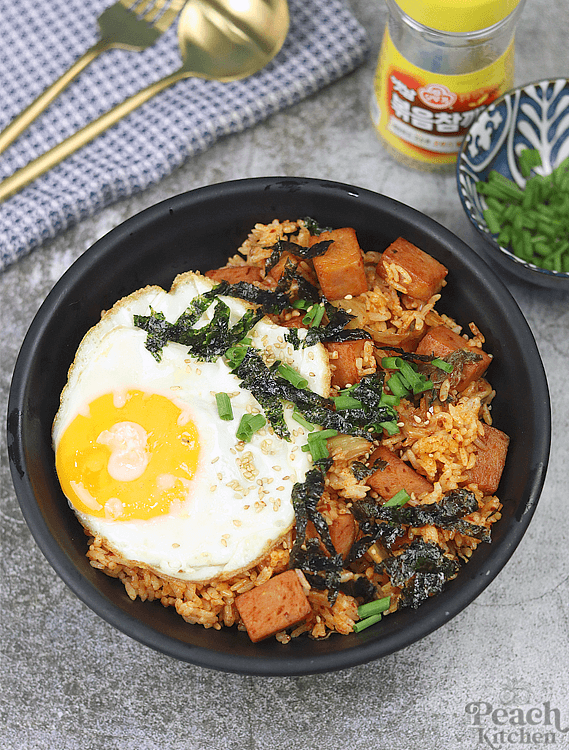The Philippines stands at the epicenter of Southeast Asia’s most dramatic foodservice transformation. Digital technology and cloud kitchen proliferation are reshaping the culinary landscape, creating unprecedented opportunities for innovative commercial kitchen solutions.
Philippines’ $36 Billion Food Revolution: Digital-First Growth Trajectory
According to Mordor Intelligence (January 2025), the Philippines foodservice market is projected to reach USD 36.27 billion by 2030, growing from USD 18.41 billion in 2025 at a remarkable CAGR of 14.52%. This explosive growth trajectory represents one of the fastest-expanding foodservice markets in Southeast Asia.
The USDA Foreign Agricultural Service (2025) reports that foodservice sales growth continues at 12 percent with accelerated expansion of restaurants, cafes, and franchise operations. The strengthened tourism industry, hosting more than five million international visitors in 2023, significantly boosts demand across all foodservice segments.
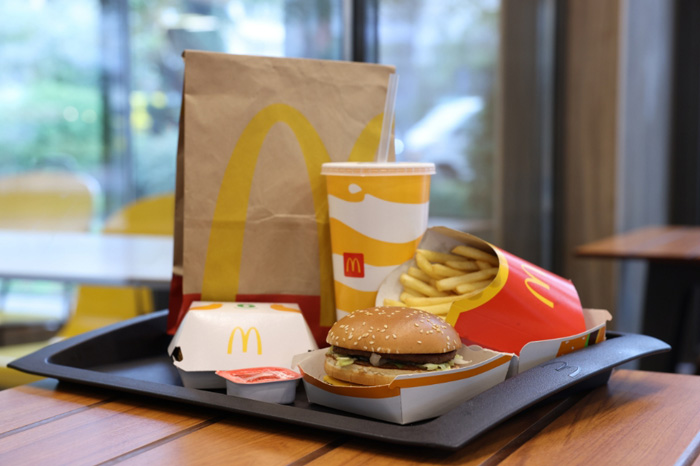
Quick Service Restaurants maintain market dominance, commanding approximately 58% market share in 2024. Major chains including Jollibee, McDonald’s, Chowking, Greenwich Pizza, and KFC drive standardization requirements across kitchen equipment procurement.
Digital transformation has become fundamental to operational success. Online food delivery subscriptions increased by 61% in 2020, establishing technology integration as essential rather than optional for modern foodservice operators.
Cloud Kitchen Boom: 26% Annual Growth Transforms Culinary Landscape
The cloud kitchen segment represents the fastest-growing foodservice category, with Mordor Intelligence projecting approximately 26% CAGR expansion from 2024 to 2029. This remarkable growth stems from increasing penetration of food delivery platforms like GrabFood, Foodpanda, and Pick-A-Roo.
According to Rakuten Insight (May 2023), 70% of Filipino respondents use Foodpanda while 62% utilize GrabFood. These platforms have partnered with over 1,000 restaurants nationwide, creating massive demand for efficient kitchen equipment optimized for delivery operations.
Cloud kitchen operators are leveraging advanced technology for efficient order management and customer feedback systems. Major brands actively invest in this space, with companies like Kraver’s Canteen planning significant expansions in key cities including Cebu, Cagayan de Oro, Iloilo, and Davao.
Investment capital flows demonstrate market confidence. Cloud Eats raised USD 7 million in Series funding to accelerate foodservice digitization across Southeast Asia. Similarly, Kitchen City secured USD 2 million in pre-Series funding, reflecting investor enthusiasm for cloud kitchen infrastructure development.
French Culinary Innovation: Compact Equipment for Digital Kitchens
Philippine cloud kitchens face unique spatial constraints within urban commercial districts where rental costs per square meter can exceed PHP 2,000 monthly. This economic pressure drives demand for equipment that maximizes functionality within minimal footprint requirements.
Traditional restaurant equipment configurations prove unsuitable for delivery-only operations. Ghost kitchen operators require versatile solutions that enable menu diversity without proportional space expansion or equipment multiplication.
Equipment selection becomes critical when managing multiple virtual restaurant brands from single facilities. Philippine cloud kitchen operators typically run 3-5 different food concepts simultaneously, demanding flexible cooking capabilities that maintain quality consistency across diverse menu categories.
Roller Grill’s toster grill addresses these operational challenges by combining grilling, toasting, and warming functions in one compact appliance. This multifunctional approach allows operators to serve everything from grilled sandwiches to toasted specialties without dedicating separate equipment for each cooking method.
Filipino consumer preferences favor quick-cooking items like burgers, grilled chicken, and toasted bread products – menu categories that align perfectly with multifunctional grilling equipment capabilities. The average cloud kitchen order includes at least one grilled or toasted component.
Energy management becomes crucial as Philippine commercial electricity rates average PHP 11-13 per kWh. Efficient cooking equipment directly impacts profit margins in delivery-focused business models where every operational cost requires optimization.
Technology Integration: AI and IoT Drive Kitchen Efficiency
The Philippines artificial intelligence market presents significant opportunities, with the U.S. Trade Government (2024) reporting market valuations of USD 772.1 million in 2024, growing at 29% annually toward USD 3.5 billion by 2030. This technological advancement directly impacts commercial kitchen automation and efficiency.
IoT-enabled kitchen equipment provides real-time monitoring and predictive maintenance capabilities. Operators can track equipment performance remotely, optimizing cooking cycles and preventing costly downtime during peak delivery periods.
Data analytics tools enable cloud kitchens to gather insights into customer preferences and ordering patterns. This information drives menu optimization and equipment utilization strategies that improve both customer satisfaction and operational profitability.
Artificial intelligence applications include automated inventory management, demand forecasting, and quality control monitoring. These technologies reduce labor costs while maintaining consistency standards essential for successful multi-brand operations.
Advanced kitchen management software integrates with delivery platforms, streamlining order processing and preparation workflows. This technological coordination becomes vital as cloud kitchens handle increasing order volumes across multiple virtual restaurant brands.
Market Outlook: Investment Opportunities in Smart Kitchen Solutions
The commercial kitchen equipment market benefits directly from foodservice sector expansion. Equipment procurement accelerates as operators establish new cloud kitchen facilities and upgrade existing infrastructure to meet growing demand.
Energy efficiency becomes a competitive advantage as utility costs impact operational margins. Smart equipment technologies deliver measurable savings through optimized power consumption and reduced maintenance requirements.
Standardization trends favor equipment manufacturers offering scalable solutions for chain operations. Franchisees and multi-location operators prioritize consistent equipment specifications that ensure uniform food quality and simplified training procedures.
Government initiatives supporting digital transformation create favorable investment conditions. Technology adoption incentives encourage foodservice operators to upgrade equipment and integrate smart kitchen technologies.
The convergence of tourism recovery, digital platform growth, and changing consumer preferences creates sustained demand for innovative kitchen solutions. Operators who invest in advanced equipment technologies position themselves for competitive advantages in the expanding market.
Foreign equipment manufacturers benefit from established trade relationships and growing recognition of European quality standards among Philippine foodservice operators.




